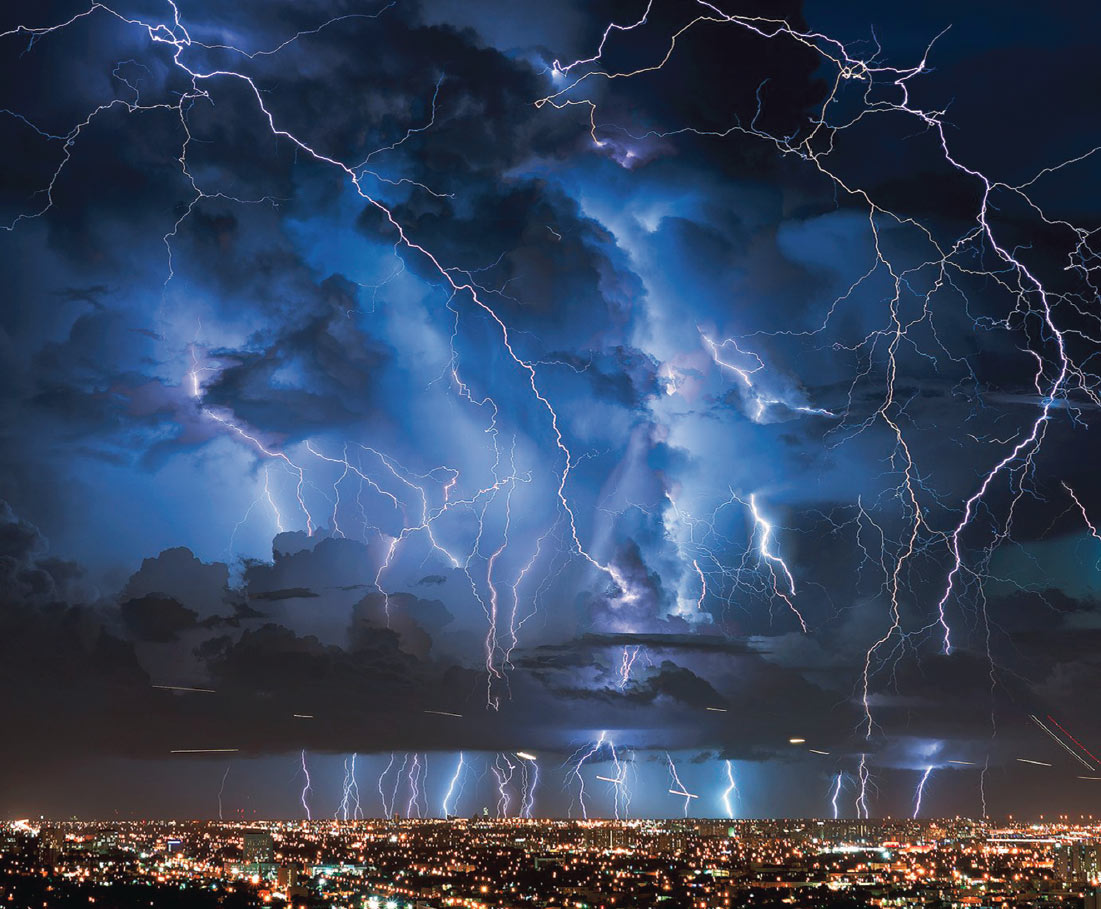Lightning is dangerous; it is the most consistent weather killer, killing more people than hurricanes, tornadoes or floods. It is estimated that, globally, lightning kills approximately 24 000 people per year, and about ten-fold more are struck or injured.
Dr Ryan Blumenthal, a senior specialist forensic pathologist in the Department of Forensic Medicine, is one of the few forensic pathologists in South Africa with a particular interest in lightning. He has contributed to international procedures and guidelines for lightning strike fatality and electrocution victims. He was a finalist in the 2015/2016 National Science and Technology Forum (NSTF) Awards in the category Communication for Outreach and Creating Awareness for his substantial contribution to raising public awareness of science, engineering and technology.
Some common misconceptions about lightning are, for example, that:
Lightning can strike directly or indirectly (by contact with an object such as a pole or a tree that is struck directly), from a ‘side flash’ from a struck object, or from an earth current. Lightning injuries often resemble those found in victims of bomb explosions due to the effects of a ‘pressure blast wave’ caused by the lightning itself. The impact is similar to that of a 5kg TNT bomb and can injure people within 10m of a lightning flash.
In collaborative research experiments, published in the South African Journal of Science in 2015, Blumenthal and fellow researchers reported on some unusual facts about lightning’s pressure blast wave. Based on the findings, they were able to estimate the minimum ‘overpressure’ to which a lightning victim was exposed, and the victim’s distance from the lightning channel. They believe that these findings will be of interest to several other disciplines and to those active in the field of lightning physics and lightning protection.
